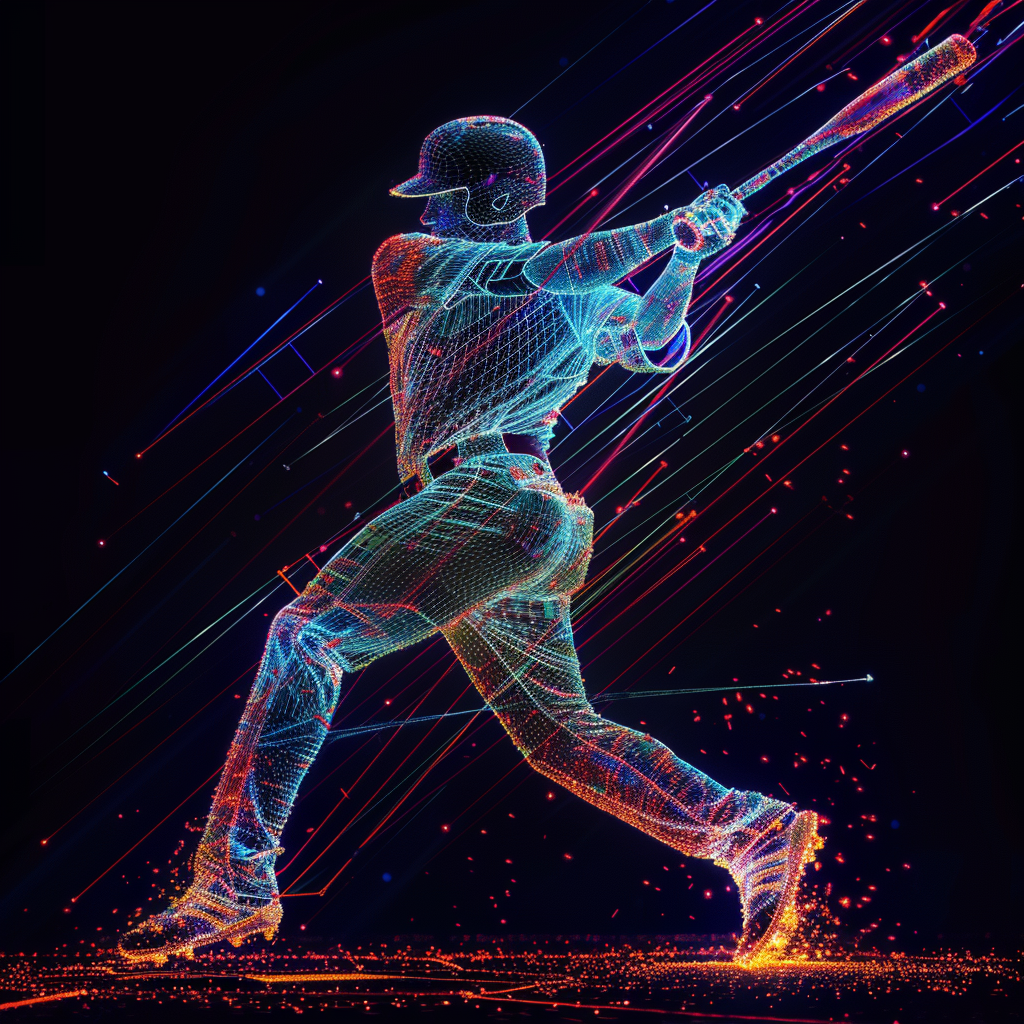Neural networks and machine learning have become important tools in predicting the outcome of sporting events, including baseball games. These technologies make it possible to analyze large volumes of data and identify complex relationships that are difficult to detect using traditional methods.
Basics of neural networks and machine learning
Neural networks are machine learning models that imitate the functioning of the human brain to process and analyze data. They are made up of many interconnected nodes (neurons) that work together to perform complex tasks.such as classification, regression and prediction.
Machine learning, including neural networks, is widely used in sports analytics. It allows you to analyze historical match data, current statistics and other relevant factorsto predict future results. The use of these technologies in baseball helps to more accurately and objectively assess teams’ chances of winning.
Collection and preparation of data for analysis
To successfully predict the results of baseball matches using neural networks, large amounts of data must be collected and prepared. Data quality plays a key role in forecast accuracy.
- Data Sources for Baseball Predictions:
- Official league websites such as MLB.com provide detailed statistics on players and teams.
- Sports analytics platforms like FanGraphs and Baseball-Reference offer in-depth data and metrics.
- News sites and social media can provide information about injuries, roster changes and other important developments.
- Data Cleaning and Normalization:
- Removing duplicates and incorrect entries.
- Bringing data to a unified format for ease of analysis.
- Normalize data to eliminate different measurement scales.
Careful data preparation allows neural networks to learn more efficiently and make accurate predictions.
Construction and training of neural networks
The construction and training of neural networks includes several stages. Choosing the right architecture and optimizing model parameters are key aspects to achieve high forecast accuracy.
The choice of neural network architecture depends on the specifics of the task. Recurrent neural networks (RNN) and long short-term memory (LSTM) are often used to predict sports performance, which are good at analyzing sequential data.
The model training process includes feeding data to the input of the neural network and adjusting the weights based on prediction errors. Optimization of model parameters is carried out using various learning algorithms, such as gradient descent. It is also important to consider the possibility of model retraining and apply regularization methods to improve generalization ability.
Correct construction and training of neural networks allows you to achieve high accuracy and reliability in forecasting the results of baseball matches.
Analysis of key factors and metrics
Neural networks analyze many factors and metrics to predict match results. Important statistics include player and team performance data as well as contextual factors.
Key factors for forecasting may include:
- Batting Average (BA): Reflects the batting player’s performance.
- On-base percentage (OBP): Shows how often a player reaches base.
- Home Run Percentage (HR%): an important indicator for power players.
- Earning Average (ERA): Critical for evaluating pitchers.
Neural networks also take into account contextual factors, such as weather conditions, field conditions and recent player injuries. This allows the model to more accurately estimate the probabilities of match outcomes.
Application of neural networks to predict matches
Neural networks have already proven their effectiveness in predicting the results of baseball matches. Examples of successful uses of neural networks include analytics platforms and applications that provide accurate predictions based on large amounts of data.
However, the use of neural networks has its limitations and challenges. The need for a large amount of quality data for training and the complexity of interpreting models can pose challenges. Additionally, neural networks may have trouble predicting events with the high levels of uncertainty and randomness found in sports matches.
Despite these challenges, neural networks continue to evolve, offering increasingly accurate and reliable forecasts for baseball games and other sporting events.
Neural networks provide powerful tools for predicting the outcome of baseball games by analyzing large amounts of data and identifying hidden patterns. These technologies continue to evolve, and their application in sports analytics opens up new opportunities for accurate and efficient forecasting.
To train neural networks, data on previous matches, statistical indicators of players and teams, information about injuries, weather conditions and other relevant factors that can affect the outcome of the game are used.
Limitations include the need for a large amount of high-quality training data, the difficulty of interpreting the model, and the possibility of overfitting. Additionally, neural networks may have difficulty predicting events with high levels of uncertainty and randomness.

